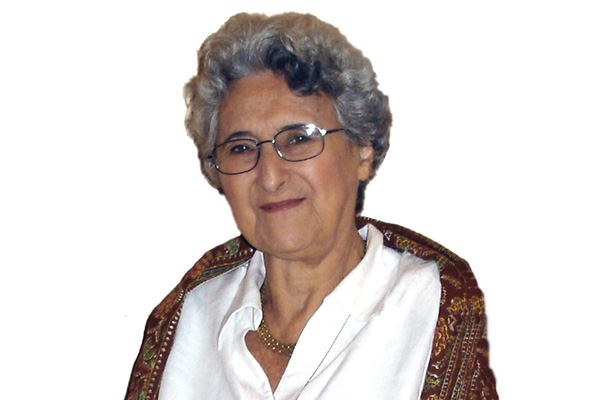When working with teachers who include project work in their early childhood classrooms, we have noticed that they often struggle with questions about what might be good project topics. Our experience also suggests that the quality of accomplishment in project work is strongly related to various aspects of the topic under investigation. Certainly one of the important aspects of a project topic is that it can be investigated directly by the children involved in it. Of course, that depends to some extent on the ages of the children as well as characteristics of the environments in which they are living and where their project work takes place, such as preschool, kindergarten, or primary grade classrooms.
Our experience also suggests that it is helpful for the children to get launched on the project when its focus is defined in a narrative tone. For example, instead of a project title like “The School Bus,” a title that is more likely to easily engage the young ones would be: “How we get to school.” After all, all of the children, as well as their teachers and caregivers, have to get to school somehow, and there might be a good variety of ways and means of doing so. More of the children are likely to be engaged by the broader title than by a fixed definition such as “The Bus.”
Jerome Bruner, a psychology professor at New York University, has suggested that all learning has a narrative quality. So, even if you are just learning how to add 1 and 1, you have to start somewhere: first with a 1 … and then next … another 1, and so forth. In other words, whatever problem we want to solve or assertion we want to put forward, we have to start somewhere, and then to proceed in a series of logical steps.
Thus with a topic titled “How we get to school,” the children can become aware of the wide variety of methods used to arrive at school. They can share their own experiences and ask questions of each other about theirs. Some children come to school on foot, some in strollers, others by car, on a bus, in a van, etc. The children can be encouraged to make drawings of the transportation elements of their experiences as well as of their observations of other’s.
The young children can be engaged in discussing the specific steps involved in coming to school: leaving home, boarding a car or a bus, going down a long street, making turns, stopping to pick up another child, and then arriving at the destination—are all sequential details of potential interest to many of the children.
Another important feature of the project approach is the inclusion of documentation as part of the work of the children and their teachers. Teachers report good effects when they have involved even young preschoolers in deciding how to tell the story of their project by documenting it in a way that enables others who were not with them during their work to follow the story of their investigation through the three phases of conducting the project and bringing it to a conclusion. Again, good documentation tells the story of the project: what questions launched it, what data were gathered, and what their findings were. All three phases of the work can be documented using a range of media and presented as a rich narrative of what was experienced and accomplished.
Indeed, identifying the most relevant sequences of steps involved in, for example, coming to school—or any other daily events—may be fundamental to teaching young children, and, if Bruner is right, to teaching all subjects and skills to all learners. So, it might be helpful, as we develop and deepen our teaching skills and methods, to examine our narratives and share them with our learners as well as our colleagues.

Lilian Katz
Lilian G. Katz, a professor emerita at the University of Illinois at Urbana-Champaign, has been an international leader in early childhood education. She has lectured in all 50 U.S. states and in 43 countries. Dr. Katz also has authored more than 150 publications about early childhood education, teacher education, child development, and parenting.
Biography current as of 2019


